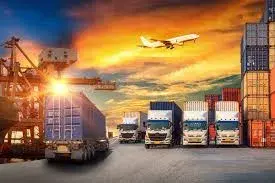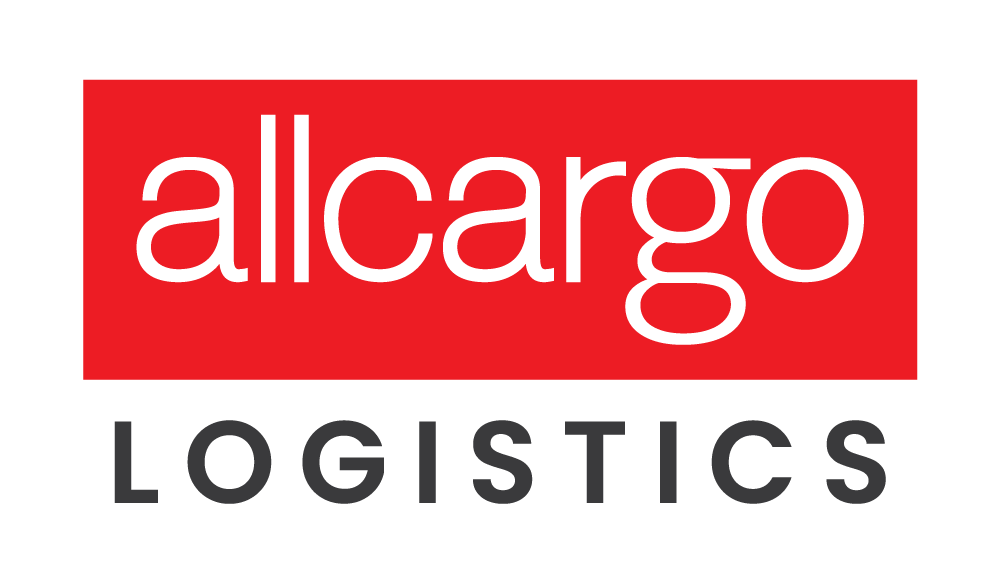- Home
- News Press Releases
- India’s Logistics Sector Powers Ahead Amid Global ...
India’s Logistics Sector Powers Ahead Amid Global Shocks

India’s logistics industry is undergoing a historic transformation—moving from a support function to a strategic pillar of national development. As the global logistics market gears up to reach a staggering USD 5.95 trillion by 2030, India’s own logistics engine is shifting gears to scale new heights, expected to grow from USD 228.4 billion in 2024 to USD 357.3 billion by 2030 at a CAGR of 7.7 per cent. By 2032, that figure is expected to touch USD 557.4 billion.
The growth is being propelled by surging e-commerce demand, increased digitalisation, and policy reforms like PM Gati Shakti, ULIP, and the National Logistics Policy. But it is also tempered by global headwinds: geopolitical crises, supply chain bottlenecks, and cybersecurity threats. On National Logistics Day (June 28), key voices in the industry reflected on the journey, the disruptions, and the way forward.
Reform, Resilience and Reinvention
Ketan Kulkarni, MD & CEO, Gati Express and Supply Chain, describes the sector’s transformation as “a revolution quietly unfolding.” “Logistics is no longer a back-end function, it is the fulcrum of economic transformation,” Kulkarni notes. “The National Logistics Policy, ULIP, and Gati Shakti are laying the foundation for an integrated, efficient ecosystem. With multimodal logistics and digital infrastructure, India is driving down costs and unlocking access for MSMEs while accelerating towards a USD 7 trillion economy by 2031.”
Kulkarni also underscores the environmental imperative. Multimodal solutions not only improve speed and reduce costs but also lessen the ecological impact by decongesting infrastructure and cutting carbon emissions.
Technology as the New Freight
Amitava Saha, Founder & CEO of Xpressbees, believes that India’s logistics industry is now “tech-first, data-driven and future-ready.” “We're witnessing unprecedented integration of automation, AI, and real-time intelligence. The way forward lies in deeper collaboration, green logistics, and inclusive reach,” he adds.
This echoes the sentiments of Irwin Anand, CEO, NimbusPost, who sees logistics as the “unseen engine of digital India.” “It’s no longer just about movement but momentum. Smart, scalable, and AI-powered logistics systems are at the heart of the digital economy. We’re connecting technology, partners, and scale to build a thriving e-commerce ecosystem.”
Global Shocks, Local Ripples
Yet, this rapid transformation has not been without challenges. The Israel-Iran conflict has disrupted global shipping lanes—particularly the Strait of Hormuz and Red Sea, key to India’s oil and trade flow.
Darshan Ghodawat, MD & CEO of AVA Global Logistics, outlines the gravity of the situation. “Close to two-thirds of India’s crude and 50 per cent of LNG imports pass through the Strait of Hormuz. Freight and insurance costs have surged. Crude shipping is up 8–9 per cent, and war-risk premiums have tripled for Red Sea routes. Alternate paths like the Cape of Good Hope raise operational costs and transit time.”
Lancy Barboza, MD, Flomic Global Logistics, describes it as a “double whammy” for Indian logistics players. “Exporters face rising input costs and volatile shipping schedules. Container freight rates to Europe and the US East Coast have risen 35–50 per cent. For sensitive cargo like pharmaceuticals and perishables, the delay is critical.”
Raj Suresh Attri, Executive Director at CCI Group, points to the cascading effects. “Freight rates from Europe and West Asia to India are up 20–30 per cent. Inventory planning is impacted, warehousing demands are rising, and some firms are switching to air freight at high cost. We need resilience—through trade route diversification like the India-Middle East-Europe Corridor and the INSTC.”
Attri also warns that chokepoints like the Strait of Hormuz make India’s logistics vulnerable to external shocks, a reality the government and industry must address urgently.
Prashant Garg, Founder & Managing Director, PP Softtech, says the Israel-Iran conflict is disrupting bitumen supply chains critical to India’s infrastructure. “Iran has been a key supplier, but rising tensions and sanctions have forced importers to turn to costlier, less reliable markets. With increased insurance premiums and disrupted shipping routes, logistics are facing serious delays and unpredictability. Businesses are now struggling to balance rising costs with supply stability, while trying to adapt rapidly to an ever-changing scenario,” he notes.
Digital, Green, and Inclusive
Nitin Navneet Tatiwala, VP Marketing, Air Network and Customer Experience, MEISA, FedEx for the Indian Subcontinent, says India is stepping up with strategic clarit. “India’s rise to 38th in the World Bank’s Logistics Performance Index is a sign of deep reform. Despite global turbulence, our merchandise exports crossed USD 437 billion in FY24. PM Gati Shakti and digital-first policies are creating a logistics system that is faster, smarter, and more sustainable.”
Dhruvil Sanghvi, CEO of LogiNext, highlights the need for next-gen intelligence. “India’s logistics market is poised to hit USD 484 billion by 2029. AI, IoT, and automation are no longer luxuries—they are essentials. They bring agility and make supply chains customer-centric, sustainable, and inclusive.”
Sanghvi also draws attention to sustainability, noting logistics accounts for 13 per cent of carbon emissions. “Cutting logistics costs by 2 per cent in two years will improve competitiveness and reduce our carbon footprint, aligning with India’s climate goals.”
The Road Ahead
Rajesh Kapase, CEO of Trackon, brings the focus back home. “The next frontier is tier 2, 3 and rural India. We’re investing in tech and sustainability to build a logistics system that’s inclusive and future-proof.”
The outlook is clear: logistics in India is not just growing—it is evolving into a strategic backbone for trade, commerce, and national competitiveness.
As National Logistics Day is observed, it’s not just a celebration of movement—but of momentum, resilience, and reinvention. From traditional warehouses to AI-powered hubs, from congested ports to multimodal expressways, the logistics sector is setting the pace for India’s economic future.

